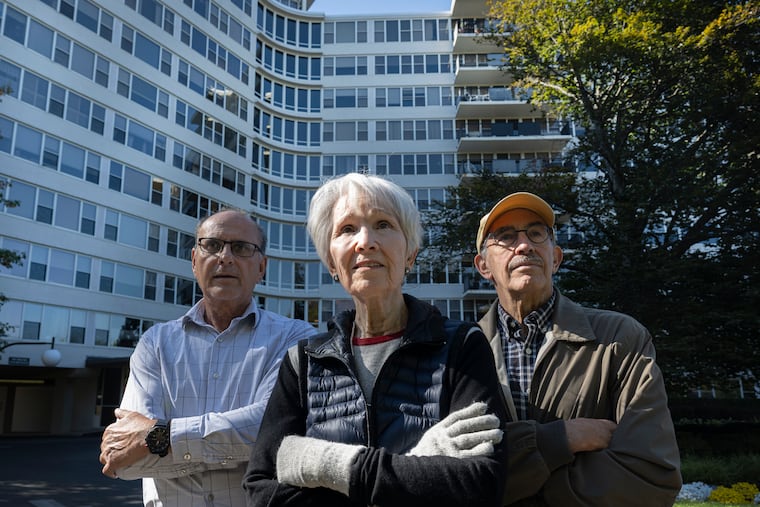A roundabout on Belmont Avenue? No way, some in Lower Merion say.
A proposed roundabout at the Belmont and St. Asaphs intersection is seen by some township officials as out of place amid new developments and plans to promote walking and cycling in Bala Cynwyd.
